The first large group of Marines have arrived in Darwin this week from the “Thundering Third”, 3rd Battalion, 4th Marine Regiment based out of the Marine Corps Air Ground Combat Center in 29 Palms, California. The deployment is just part of the United States Force Posture Initiatives which earlier in 2017 has already included an Enhanced Air Cooperation (EAC) initiative based out of RAAF Base Tindal. For more on the F-22 and F/A-18 EAC please follow this link- EAC – Raptor and the Hornet
Touching down on board an Omni Air International 777-200ER just after 9a.m. local time, after its 15 hour flight time originating at MCAS Miramar, California, via Honolulu, the Marines disembarked into RAAF Base Darwin’s Air Movements terminal. Shortly afterwards they were welcomed by the Commander of the 1st Brigade, Brigadier Ben James, AM, DSM, after which they caught transport to their host accommodation at the Australian Army’s Robertson Barracks.
This years Marine Rotational Force-Darwin (MRF-D 2017) continues the long standing training relationship that Australia has with the United States. The training facilities provided by the expansive space of the Northern Territory present a premium opportunity to improve cooperation and interoperability between the two nations. It also furthers both country’s commitment to providing regional security and engagement.
Training this rotation has been lifted to a higher level and will not just include live weapons firing but also reacting to scenarios of disaster or humanitarian relief and counter terrorism missions.
While in Australia the MRF-Darwin will also participate to varying degrees with other exercises planned during 2017 such as Exercises Southern Jackaroo, Talisman Sabre, Kowari, Koolendong and Crocodile Strike. These and other activities will also involve personnel from other regional nations including New Zealand, China, Japan and Indonesia.
Atlas Air is another contracted airlift company providing logistics support to the US forces deploying to Australia. Atlas Air’s B767-38E, also carrying personnel, arrived from Andersen AFB, Guam within 24 hrs of the Omni 777.
Lt. Col. Matthew Emborsky, the officer in charge of the forward coordination for Marine Rotational Force — Darwin 2017, earlier stated the 3/4th will be supported by other Marines from the 7th Engineer Support Battalion out of Camp Pendleton, also from California. They are all part of this years contingent for the 6th Marine Rotational Force – Darwin (MRF-D).
With large scale exercises or detachments, there is always some lead up activity and often can include various aircraft passing through like the UC-35A, a military designated Cessna Citation 560.
Also the Boeing C-40 Clipper (737) carrying larger delegations – both observed flying in and out before and after each exercise. The Northern Territory is no stranger to these aircraft and they mostly go un-noticed, blending in with the other international air traffic.
Moving larger items and some personnel has been performed by Boeing C-17A Globemaster III, staging from a variety of overseas locations including aircraft from the 535th Airlift Squadron, 15WG/154thWG, JB Pearl-Hickam, and the 3rd Airlift Squadron 436th/512 AW AMC Dover AFB.
Some initial movements included the transport of compacted UH-1Y Venom and AH-1W Cobra helicopters from the HMLA-367 home base at Kaneohe Bay, Hawaii.
After unloading from the Globemasters, the Venoms and Cobras were moved to where they could be assembled for ground checks and pre-flight run-ups. From there they conducted initial test flights to bring them up to operating status.
To provide airborne support for the troops and equipment movements during the deployment, there is a significant aviation element planned. The total Aviation Combat Element (ACE) of 13 aircraft is expected to be stationed at R.A.A.F Base Darwin, although they will often transit to and from forward landing fields, and may, if like previous years, overnight at remote exercise locations. It will begin with four MV-22 Ospreys assigned from Marine Medium Tilt Rotor Squadron 268 (VMM-268) ”Red Dragons”. It will be the first deployment for VMM-268 out of Hawaii since the unit arrived from California mid 2016. Although VMM-268 has not deployed to the NT previously, other Osprey squadrons such as VMM-265 have participated in exercises here.
The “Red Dragons” MV-22B Osprey aircraft, which are flying nearly 10,000 km to Australia via Wake Island and Guam with the help of KC-130J refuellers from VMGR-152 “Sumo’s”, are well suited for operations in Northern Australia. They are unique in that they can provide a high speed ‘force connection’ capability, linking forward operating bases to the actual field location of ground elements in a very short time. Their high cruise speed and longer operating range, along with the ability to configure for mission roles such as troop insertion, or MediVac, make the Osprey a versatile asset in the battle space.
I relation to the deployment to Australia, Captain Aaron Brugman, an MV-22 pilot with VMM-268 out of Kaneohe Bay says – “This is definitely going to prove the range and distance and speed of the Osprey and kind of really shape the global reach that we’re looking for within the Pacific area. While we’re in Darwin, some of the training areas we can can easily get to within 45 minutes,” he said, “But the helicopters won’t be able to do that, or they’ll require fuel support from us or another ground-based, whereas we can just fly down there, do our thing and come back. It’s a good area for the Osprey’s capabilities, for sure.”
In addition to the Ospreys, there will be five AH-1W Super Cobras and four UH-1Y Venom helicopters from Marine Light Attack Helicopter Squadron 367 (HMLA-367) “Scarface”. HMLA-367 have operated both types in the Northern Territory on past exercises. With offensive weapons such at the 20 mm M197 Gatling cannon, 2.75 in Hydra 70 or APKWS II rockets (in both 7 or 19 shot LAU launchers or even up to 8 AGM-114 Hellfire missiles mounted on the two outboard hard points, the AH-1W Super Cobras are a very capable aircraft at providing close air support.
The UH-1Y Venom is a versatile medium utility helicopter and provides not only transport for up to 10 marines, it can also exercise air to ground suppressive fire from a pair of door mounted 7.62mm M240 GPMGs and deliver 2.75in Hydra 70 or APKWS II rockets when fitted with their 7 round launchers. In 2016 the HMLA-367 Venoms were seen configured in this fashion a number of times as they departed for local weapons ranges near Darwin.
HMLA-367 is no stranger to Northern Australia having been deployed the Top End as recently as 2016. They will be in familiar territory performing key training activities with the Australian Defence Force at various training areas such as the Bradshaw Field Training Area (BFTA).

UH-1Y Venom USMC medium utility helicopter armed with door mounted 7.62mm M240’s and Hyda 70 launchers
As the rotation has now entered the ramp up phase, we look forward to seeing a greater number of USMC aircraft coming and going from RAAF Base Darwin. It won’t just be United States forces out and about, expect to see the Australia Defence Force in the action as well.
Although there has been no announcement made yet, there may be a static display organised at the Royal Darwin Showgrounds as it was in 2016. A great opportunity to get up close to the equipment and ask questions of both the USMC and ADF operations personnel who play a part of the Marine Rotational Force – Darwin 2017.
So if you can make your way to the Top End this dry season, there is plenty on offer for the casual, or serious, aviation photographer… blue skies and cool nights.
Cheers… Sid
I use Nikon D7100, 18-55mm, 50mm, 70-200mm, 200-500mm and Sandisk Extreme SD cards.



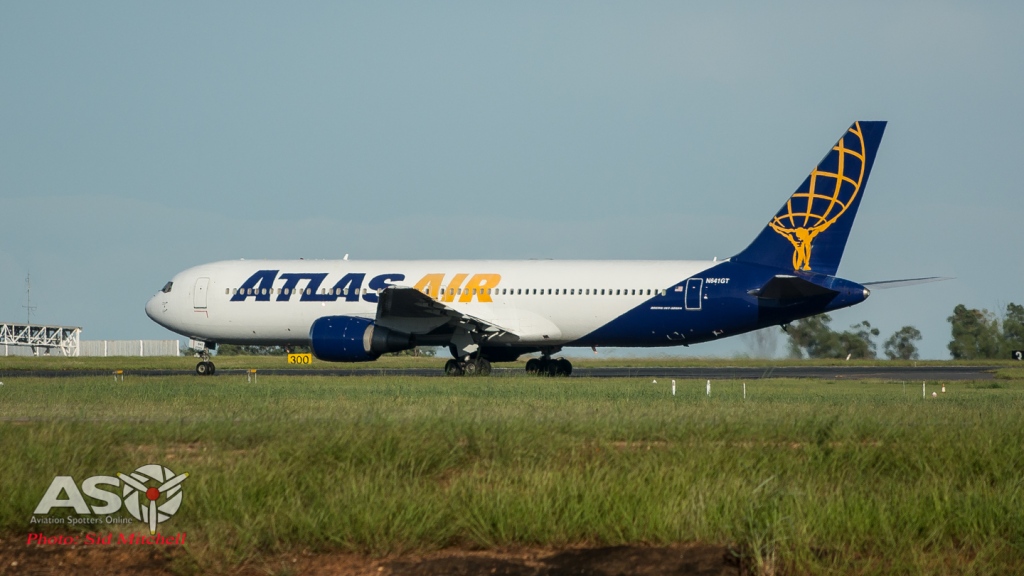




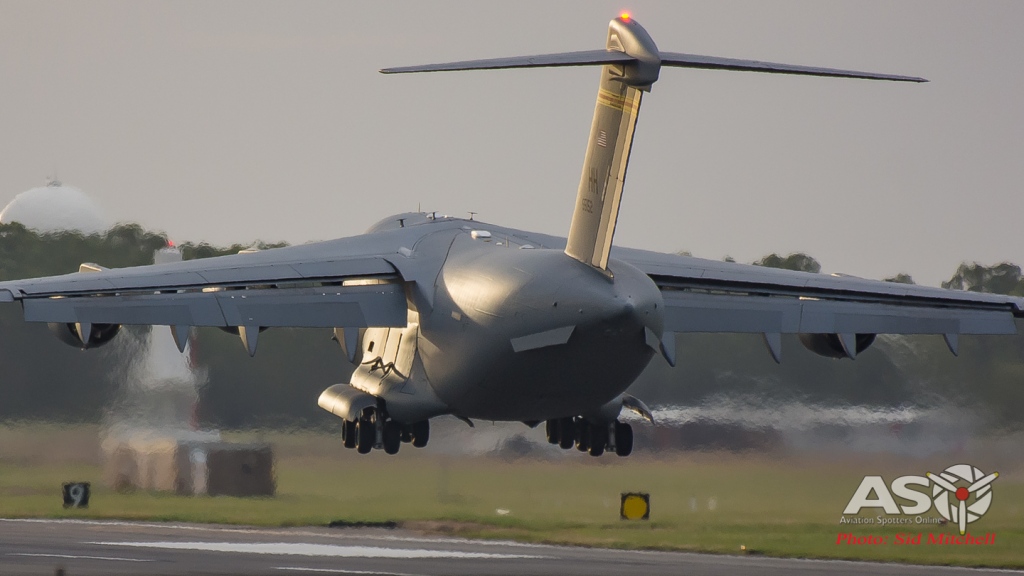
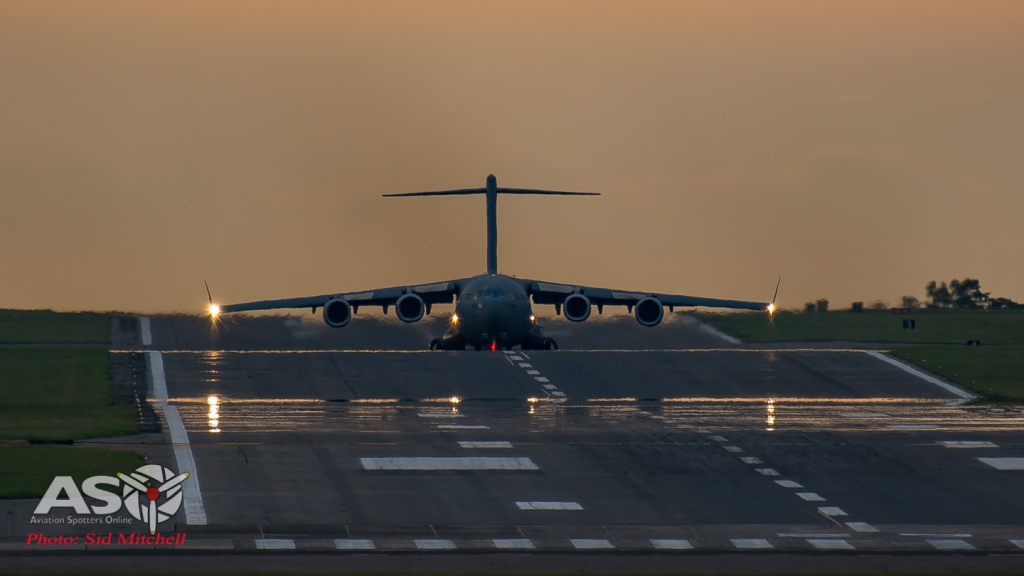
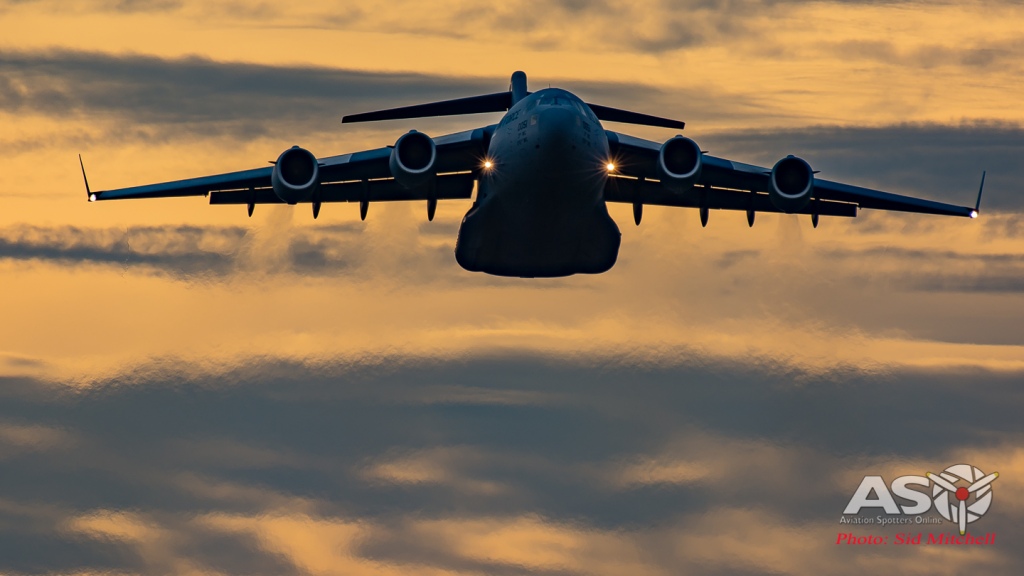
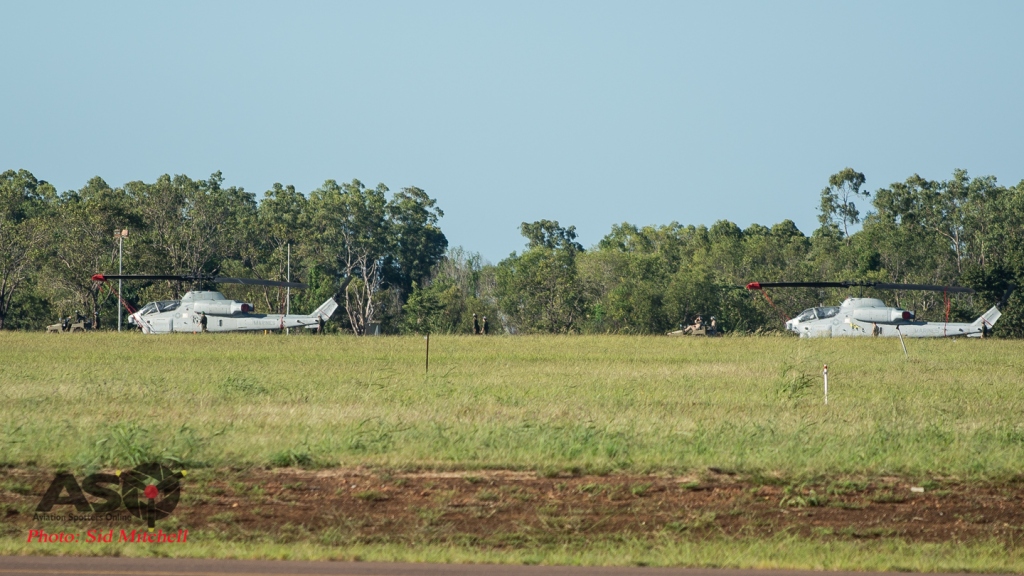


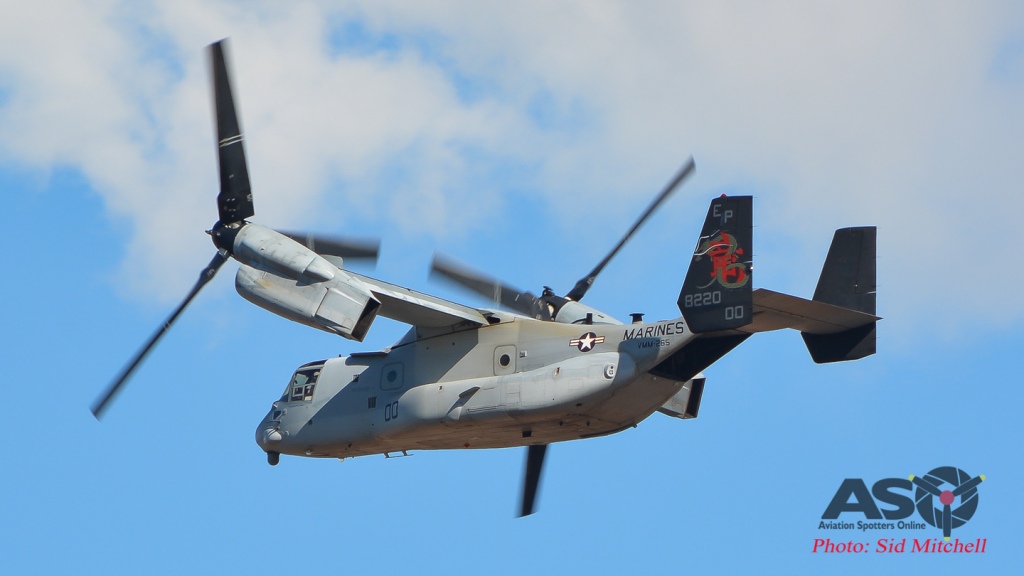



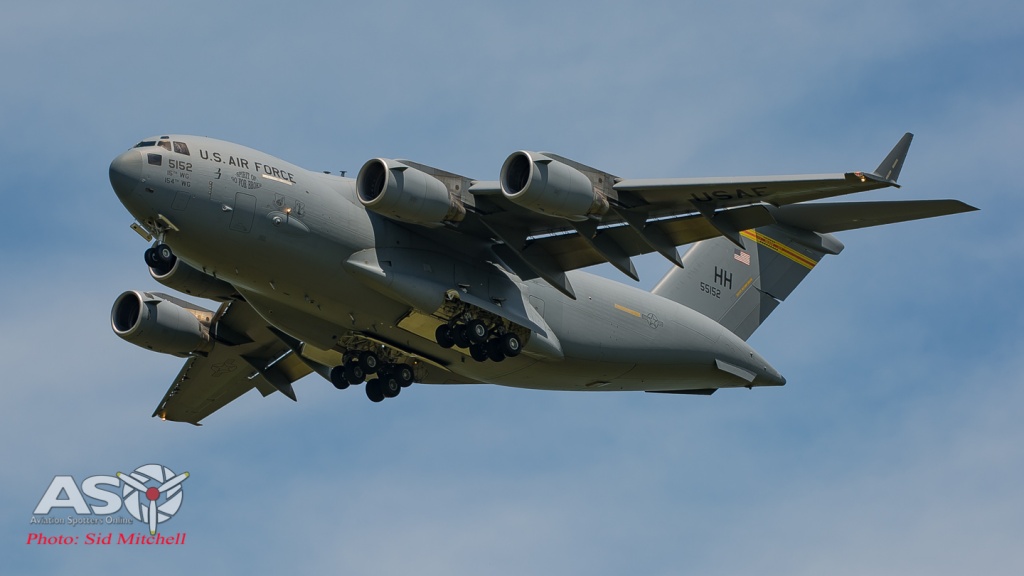












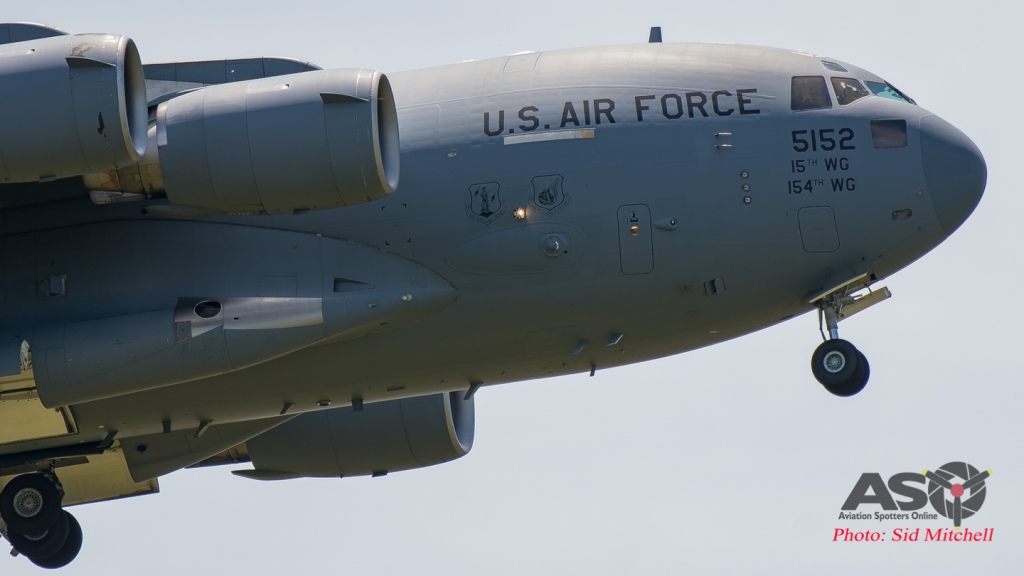
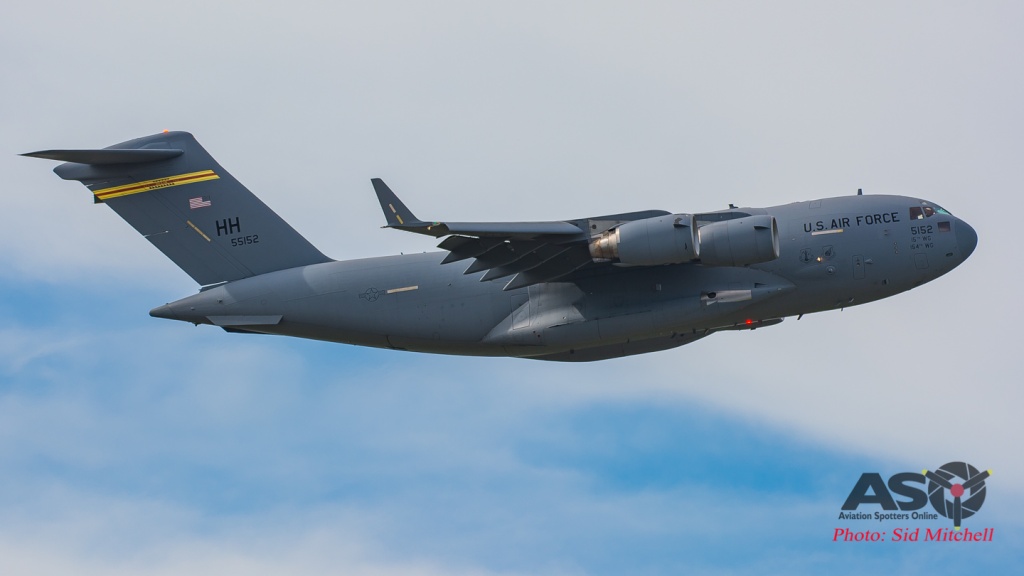






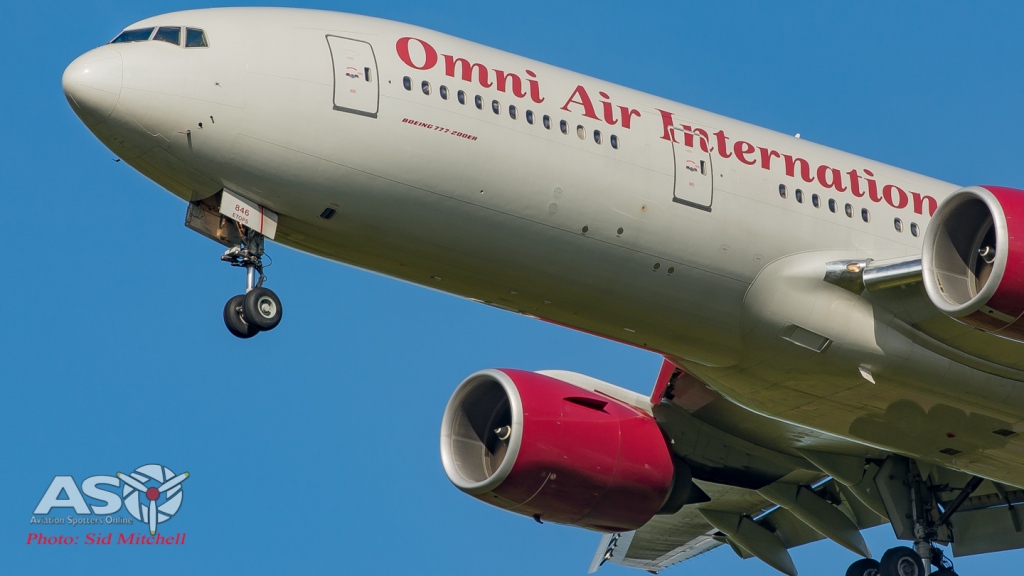







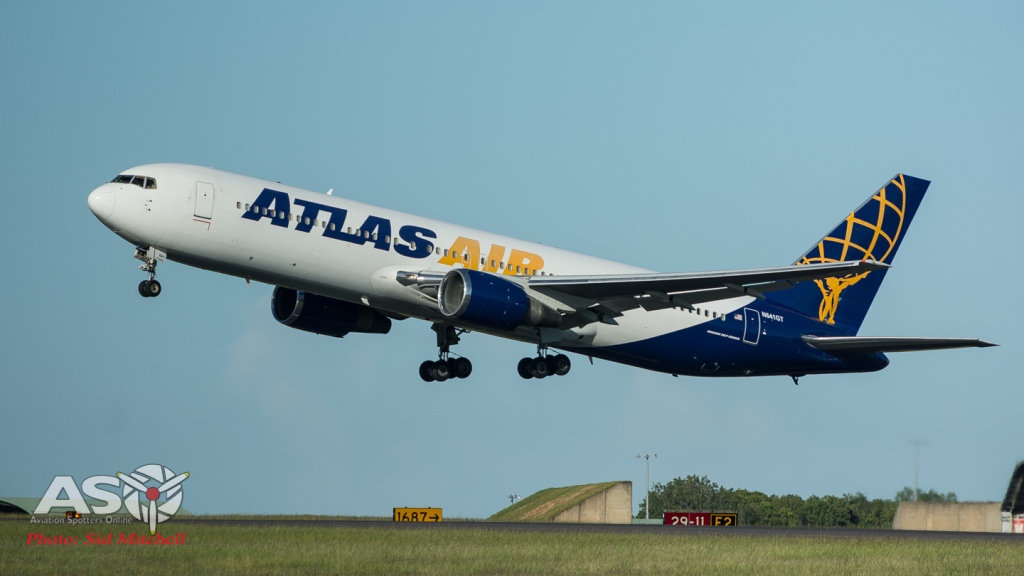







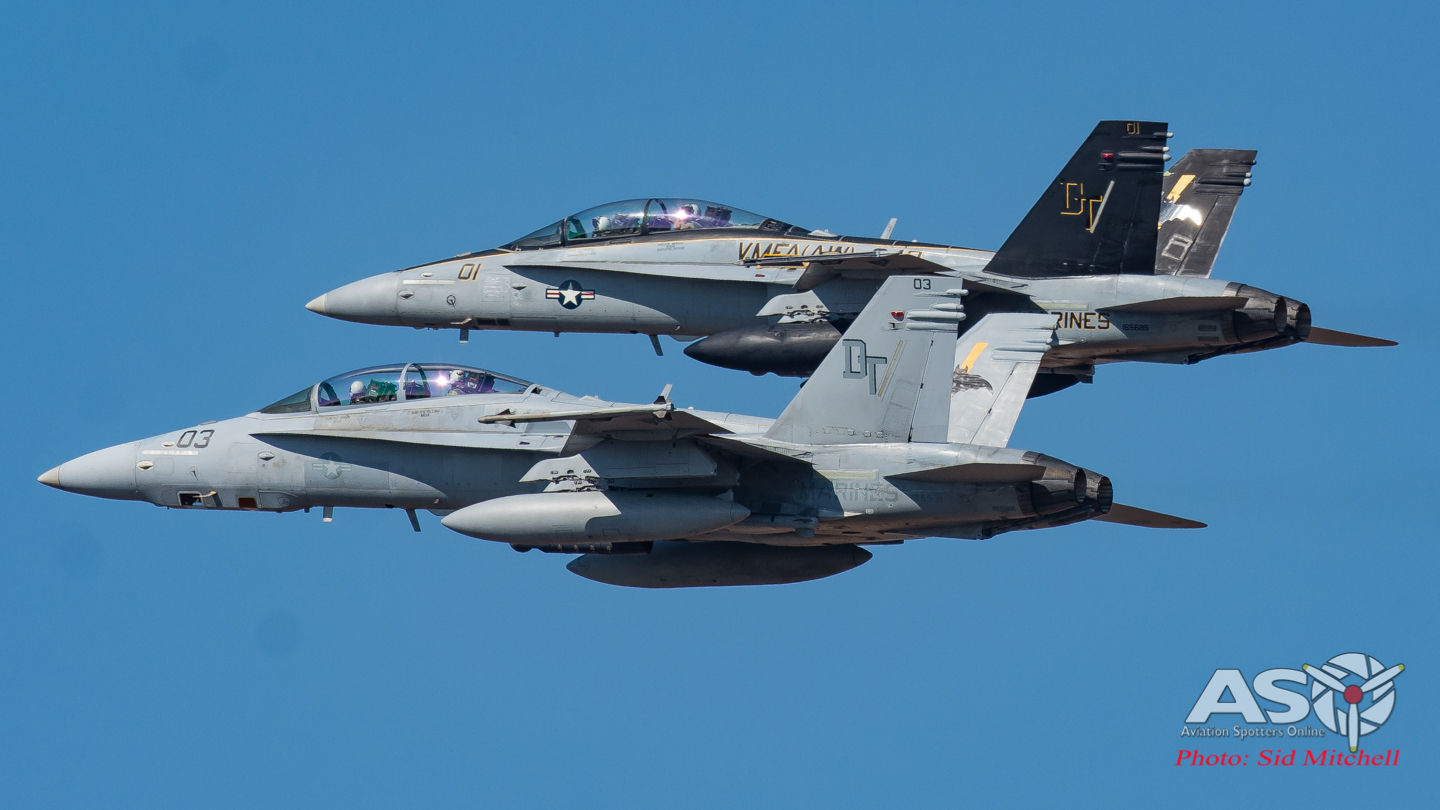



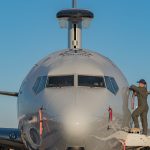




just 1 word WOW